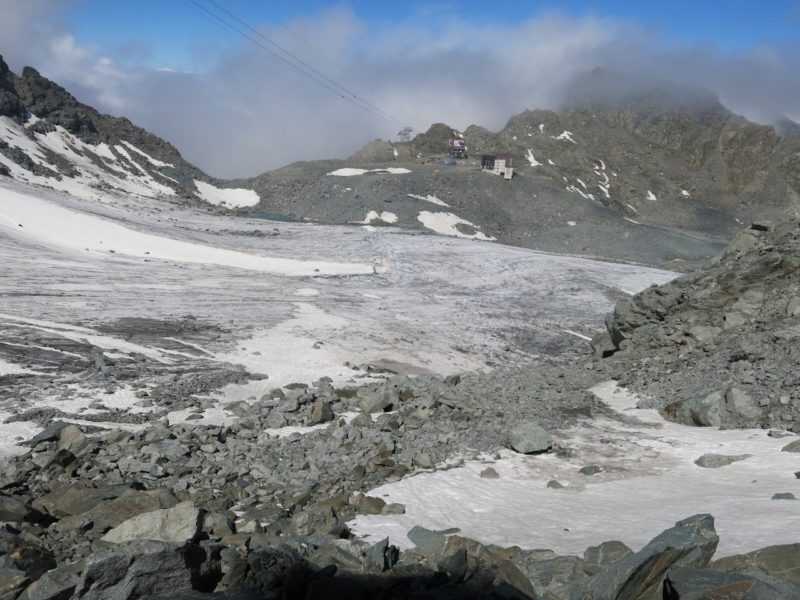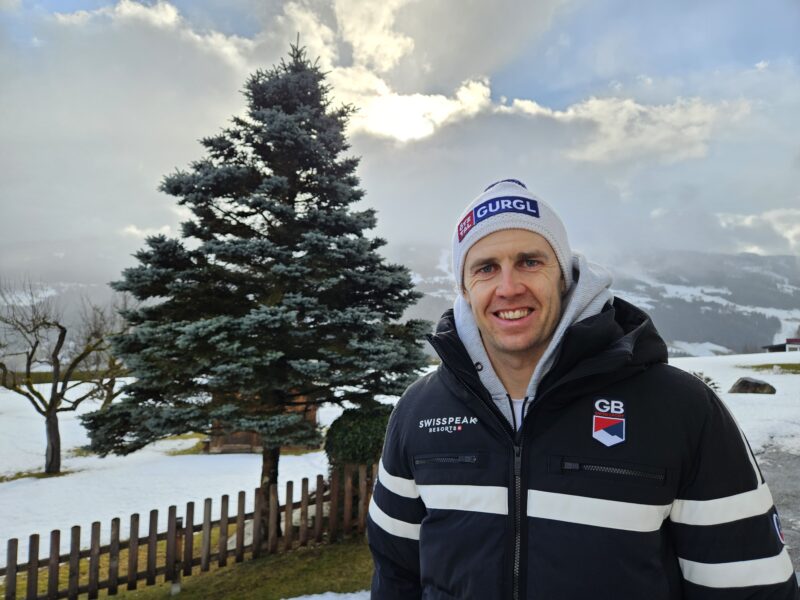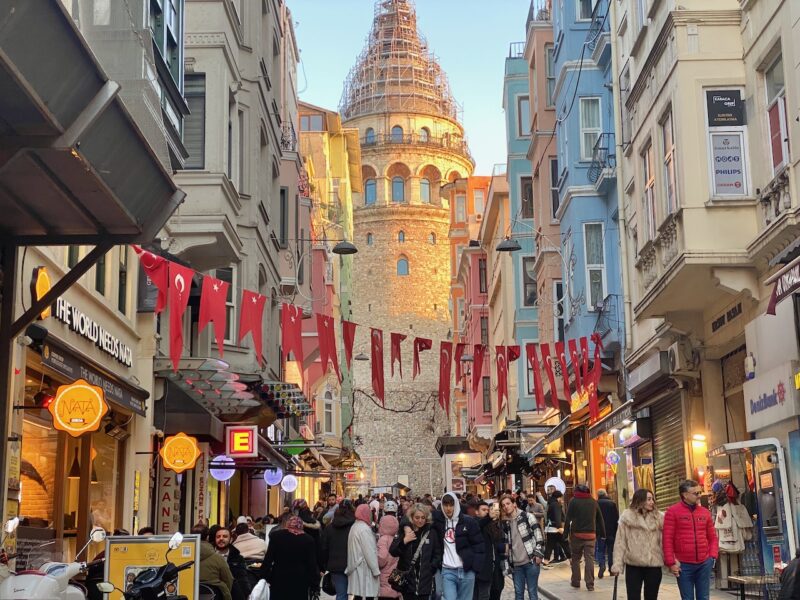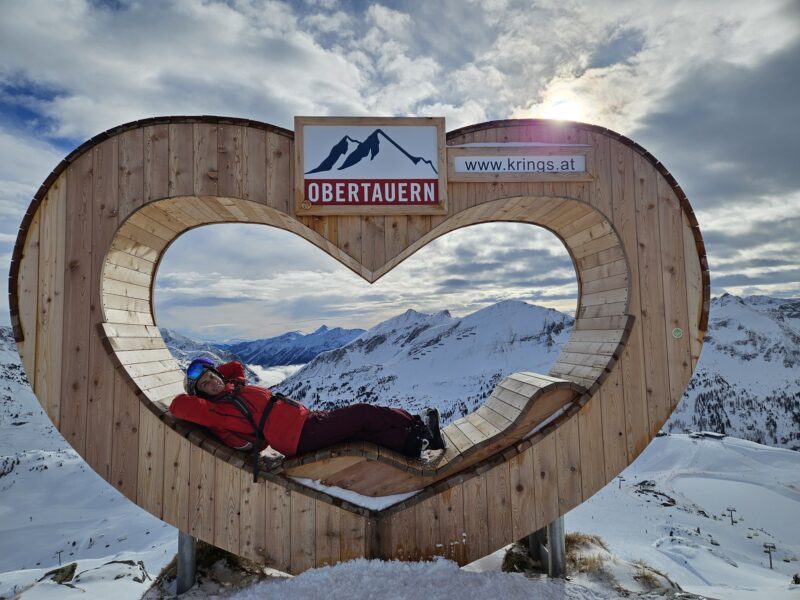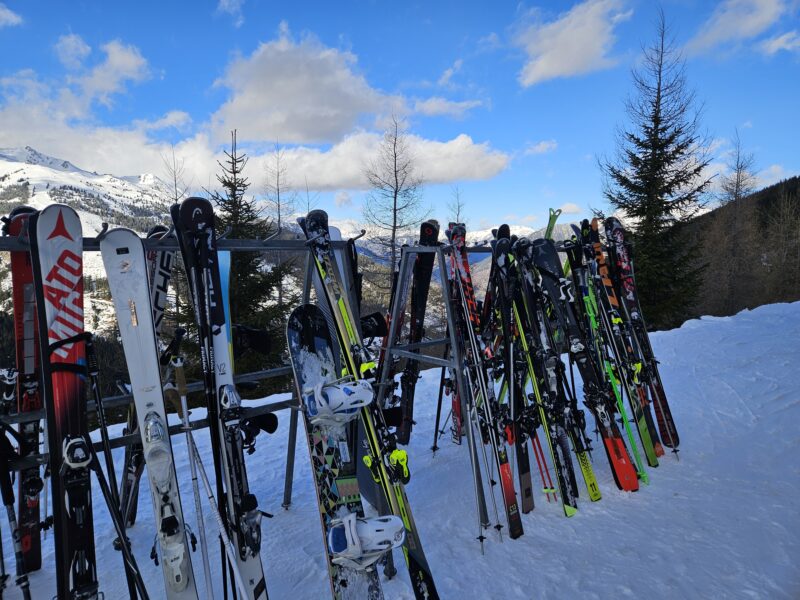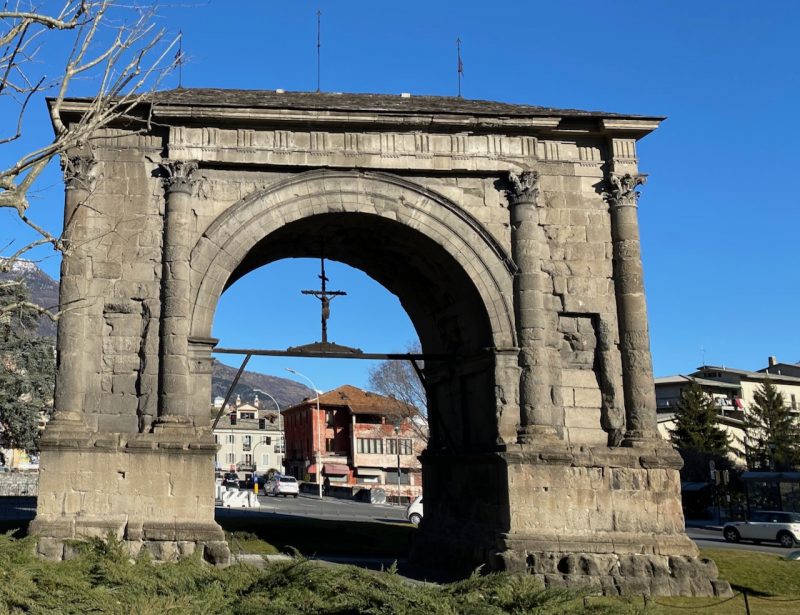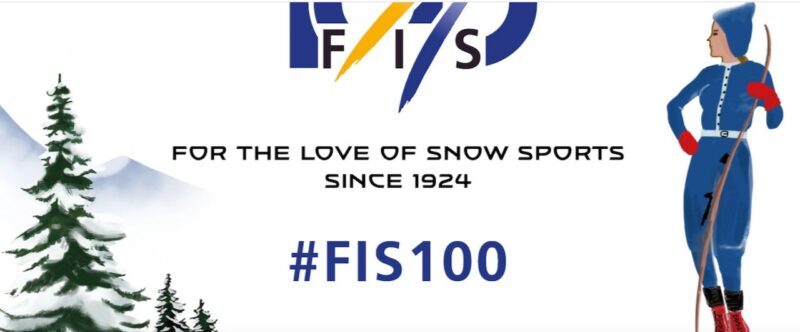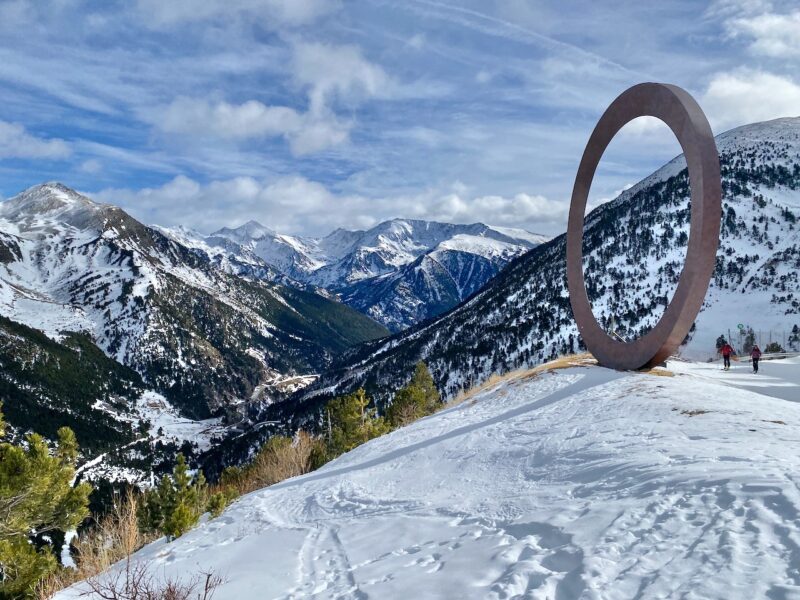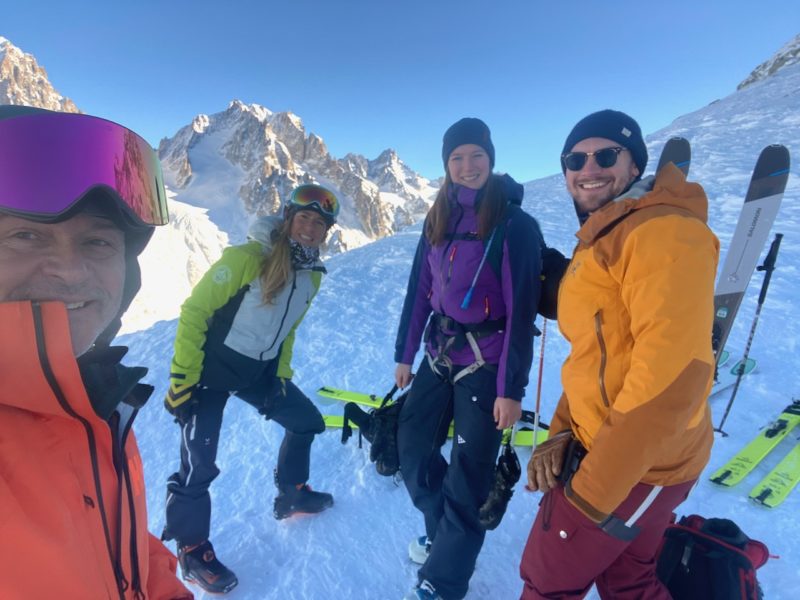Spring Skiing in Andorra
29th March 2023 | Jane Peel, Grandvalira, Andorra
Last modified on April 3rd, 2023
PlanetSKI’s Chief Reporter has finally plugged a big gap in her ski knowledge. She’s been skiing in Andorra in the Pyrenees for the first time. Read the full story of her Andorran Adventure.
Somehow, I’ve managed to get through years of skiing without ever visiting this small principality that is squished between France and Spain.
In fact, it’s only the second time I’ve skied in the Pyrenees – the first was a spring road trip a few years back to three lesser known resorts in the Catalan region of Spain.
So, when the opportunity arises to head to Andorra, I jump at the chance.
My journey involves a flight from London Gatwick to Barcelona.
Then it’s a long bus transfer (3.5 to 4 hours with a half hour stop for refreshments) through Catalonia and across the border into Andorra.
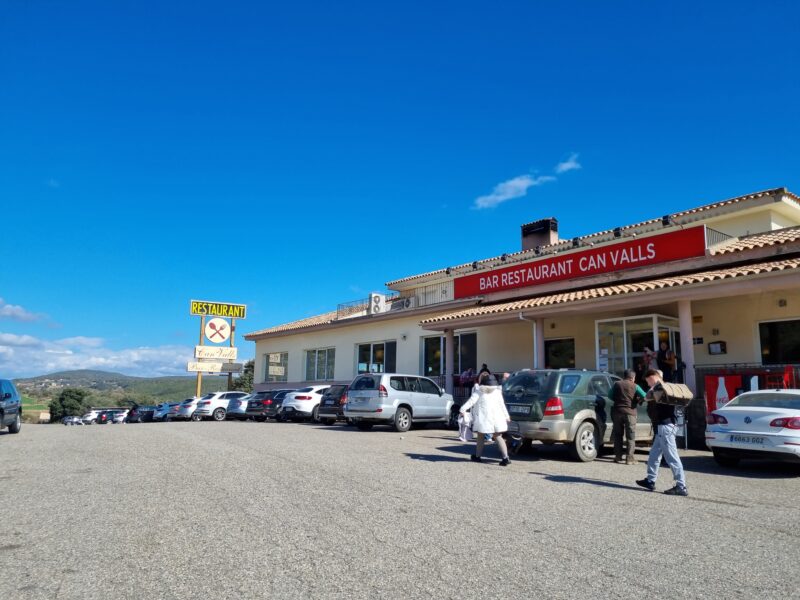
Refreshment stop in Catalonia en route to Andorra. Image © PlanetSKI

Customs control leaving Spain. Image © PlanetSKI
My base is Soldeu, a lively town in the centre of Grandvalira – the largest ski area in the Pyrenees.
It is at 1,800 metres altitude.
At the base of the lift station out of town, the grandstand and other paraphenalia connected with the recent Alpine World Cup finals are still being dismantled when I arrive.

Soldeu, Andorra from the gondola. Image © PlanetSKI
It has 200km of runs ranging from 1,500 metres up to 2,640m.
Let’s make one thing clear: I’m not planning to go as low as 1,500m on this trip, even if I can.
It’s rapidly approaching the back end of March and the conditions are very, very springlike.
Hard pack first thing, soft snow on south facing runs as the morning wears on and huge lumpy sludgy slush in the mid-to late afternoon sun, with the lower runs sapping the legs most.
Just as I like it.
No, really.
I used to loathe slush.
Now I see it as a challenge.
Character-building.
“It’s like skiing off piste,” I say to my baffled companions.
What I mean is that every turn can feel different and you have to be prepared to respond quickly to the changing conditions.
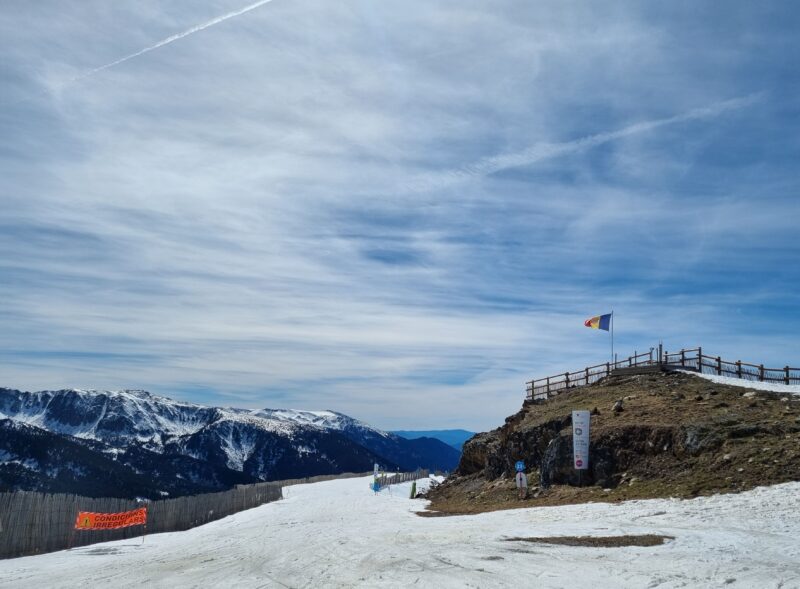
Spring skiing in Grandvalira, Andorra. Image © PlanetSKI
Some runs are shut, most because they have insufficient cover.
But, in the case of the two black runs that end at the Soldeu base station, it’s because only the day before they were used for the women’s GS and the men’s slalom in the Alpine World Cup finals.
They looked great when I spied them from my hotel room on arrival.
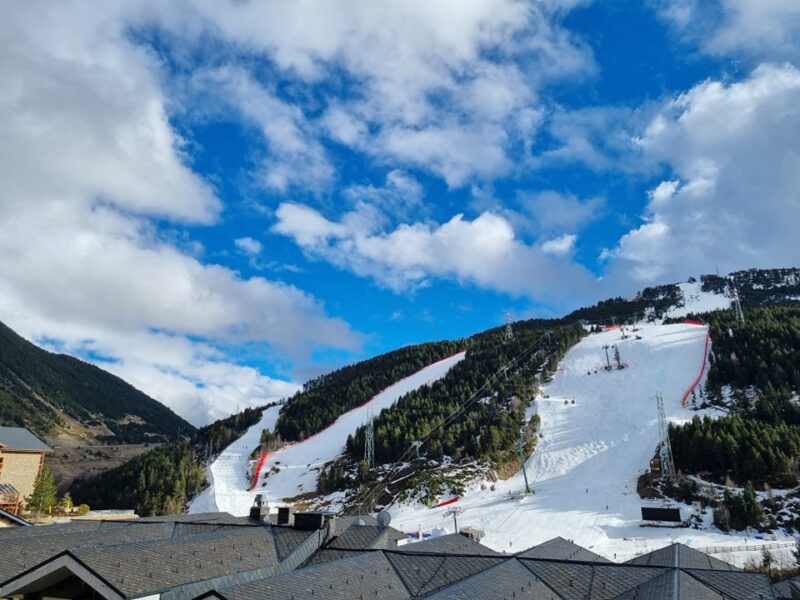
GS & Slalom World Cup racecourses, Soldeu, Andorra. Image © PlanetSKI
But looks can be deceiving. They’re probably still in pristine, sheet ice race condition.
Look closely and you can still see the blue dye used to mark out the course.
Maybe I can check them out later in the week.
The World Cup downhill course in the El Tarter sector, however, is open.
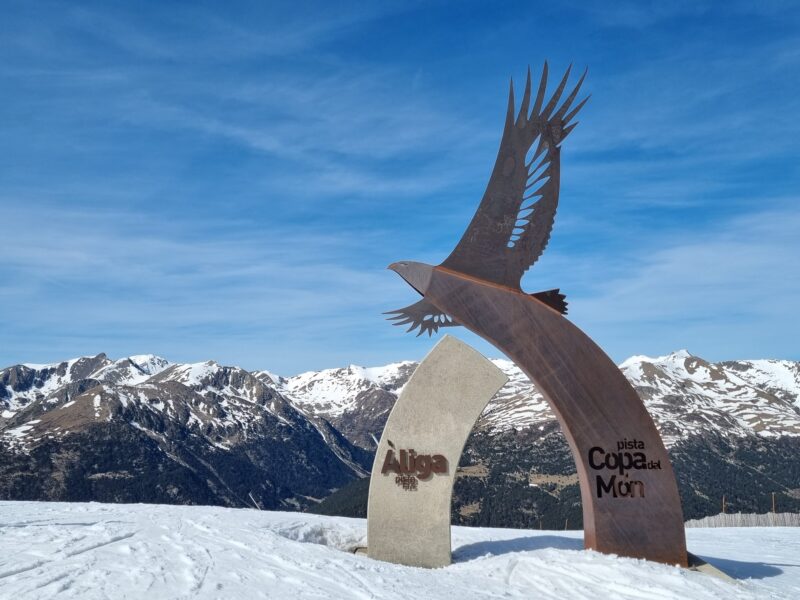
World Cup downhill, El Tarter, Andorra. Image © PlanetSKI

PlanetSKI on the World Cup downhill, El Tarter, Andorra. Image © PlanetSKI
I think it’s fair to say that the signposting on the runs here is not the clearest and neither is the piste map.
It’s not ideal for a first-timer so it’s lucky that I have a ski instructor to show me around on day one.
Callum Mackenzie is 28 and from Warrington in the UK.
If you don’t get lost you can cover a lot of ground in a day.
The whole 200km is accessible by lift.

Enjoying the biggest ski area in Andorra. Image © PlanetSKI
If that’s not enough, the Grandvalira ski pass now covers all skiing in Andorra.
That’s the whole of the Vallnord ski area too with its resorts of Pal-Arinsal and Arcalis.
Pal-Arinsal was included for the first time this season.
Sadly, you need wheeled transport to get to Vallnord.
I’d hoped to spend a day at Arcalis but, as this is low season, the buses run only on Fridays and Saturdays.
But being low season has its advantages.
The slopes are quiet.
Day one has been a pleasant surprise.
And not just because of the warm, spring sunshine.
I’d been told by a couple of fellow skiers – among them PlanetSKI’s esteemed editor, James Cove – that Andorra is underrated.
I tend to agree.
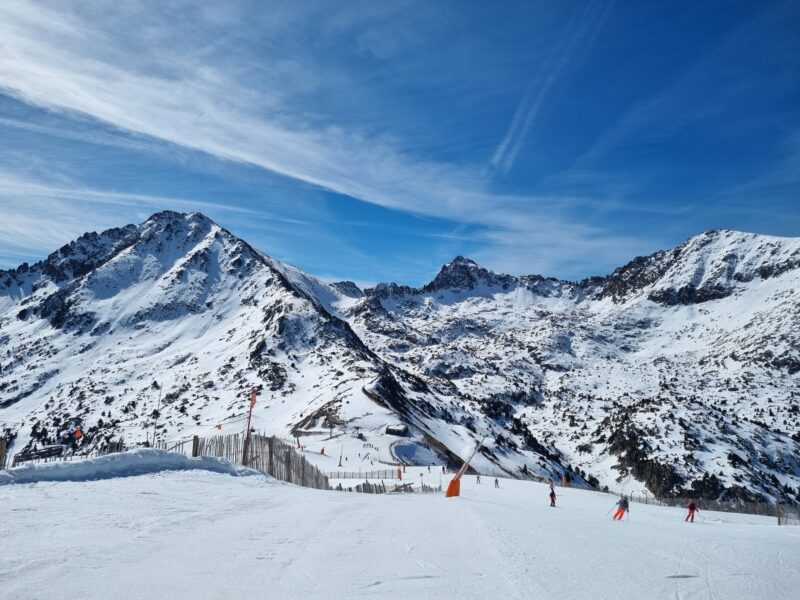
Grandvalira, Andorra. Image © PlanetSKI
Next up, I’ve decided to head to the far left hand side of the piste map and the south eastern edge of Grandvalira.
I’ve decided to see if I can find my way from Soldeu through Grau Roig to Pas de la Casa on the border with France – and back again.
And I’ll look at some of the big changes that have happened here over the years.
PART TWO
So, now to take on the challenge of finding my way around Grandvalira without someone to guide me.
I also plan to learn a bit about the recent history of the ski area, which might explain why it’s not the easiest place to navigate.
Despite the big signs and arrows.
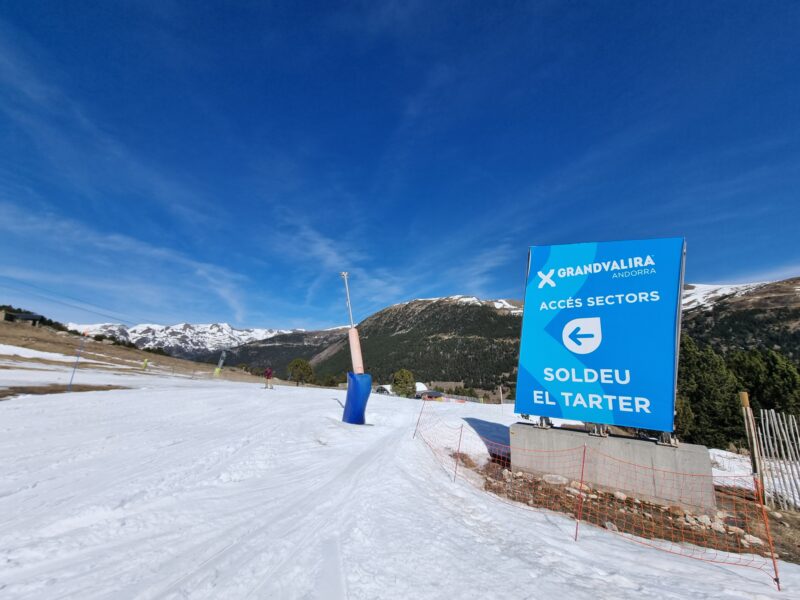
Signpost in Grandvalira, Andorra. Image © PlanetSKI

Signposts & piste map in Grandvalira, Andorra. Image © PlanetSKI
I’m heading over from Soldeu in the centre of the Grandvalira ski area to the resort of Pas de la Casa at its far south-eastern edge.
That bit proves to be relatively straightforward.
It’s a simple journey, first passing through the Grau Roig sector.
There are blue, red or black options to get to the base of Grau Roig.

Mirador black run, Grau Roig, Grandvalira, Andorra. Image © PlanetSKI
Then it’s up the Pic Blanc chairlift and you’re at the top of Pas de la Casa.
Simple.
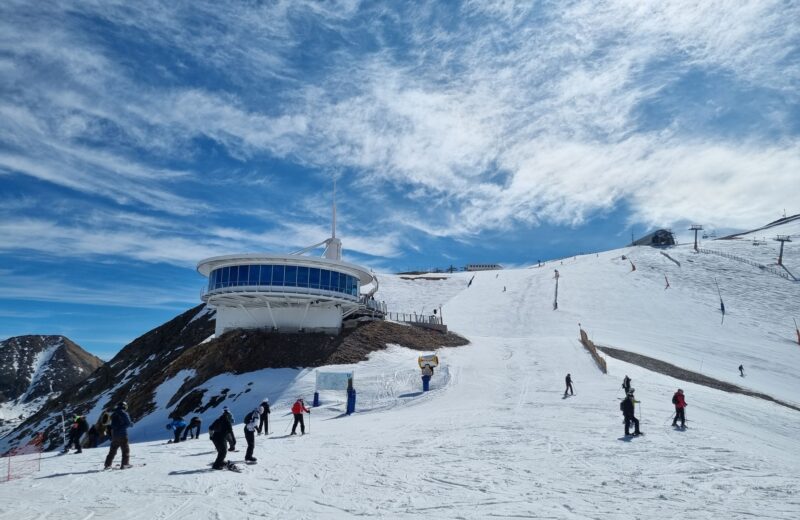
Pas de la Casa, Grandvalira, Andorra. Image © PlanetSKI
Time to enjoy some excellent runs.
The darker the colour the emptier they are.
For some reason, few people make it on to the steep but not too tricky black FIS run.
Just a sole snowboarder and me (and another snowboarder doing the filming).
Even where all the runs converge at the bottom it’s wide open with plenty of room.
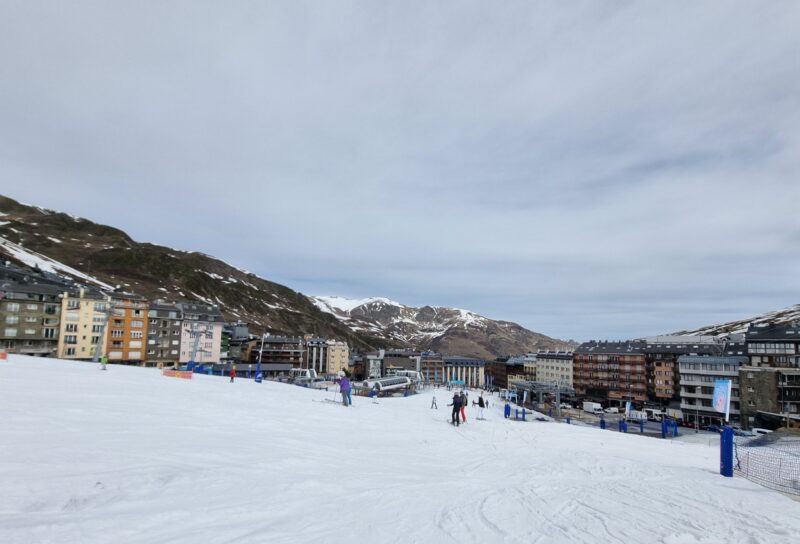
Pas de la Casa, Grandvalira, Andorra. Image © PlanetSKI
Heading back to Soldeu, it’s again straightforward to Grau Roig.
After that, it’s much more confusing – to me, in any case.
It’s easy to take the wrong route or end up on the wrong lift, and I do.
Eventually, I find my way back to base, but not after more going down, going up and going down again than I anticipated.
To find out why the 200km of lift-linked skiing in the Grandvalira ski area isn’t quite as joined up as it might be, I turn to a man who’s been here for 40 years.
Leeds-born Gordon Standeven came to Soldeu in 1983 to do a season as an instructor and now runs the English-speaking part of the ski school.
I suspect there are few people here who know more about the place than he does.

Getting the inside story from Gordon Standeven. Image © PlanetSKI
“Grandvalira is a umbrella company to make it appear like it’s one resort. In actual fact it’s not,” he tells me.
There are two separate lift companies. One is responsible for Grau Roig and Pas de la Casa, the other for Soldeu and El Tarter.
“They were arch rivals to one another but they managed to broker a deal to link together under the Grandvalira name. Before they were linked you couldn’t ski from one side to the other.”
I mutter that it’s not that easy now.
There have been all sorts of negotiations, disagreements, arbitrations between the two companies.
But the fact is, Gordon tells me, the lifts have sensors on them.
And the two companies split their income depending on how many people use their lifts.

Lift in Grandvalira, Andorra. Image © PlanetSKI
A cynic might suggest it’s in their interest to direct skiers and snowboarders around the slopes in a way that encourages them onto their lifts, even if it’s not the most direct route.
Neither I nor Gordon could possibly comment.
Whatever the reason, it would be good if Grandvalira were a little easier to navigate.
I didn’t mind too much. I saw it as another challenge, along with the variable spring conditions.
And my final challenge – in fact my final run – on this short trip to Andorra was to take on the slope that was used for the technical races at the Alpine World Cup finals that ended just before I arrived.
The bottom section was still closed to the public but they’d opened up the top section.
Steep, hard and icy at the top, it was definitely a quicker way down than taking the gondola.

On the World Cup finals slalom run, Soldeu, Andorra, Image © PlanetSKI

World Cup slalom run from the comfort of my hotel room, Soldeu, Andorra. Image © PlanetSKI
THINGS YOU MAY NOT KNOW
- Brothers, Paul and Peter Noyes-Thomas, who owned a tour company, were the first to send British guests to Soldeu in the 1970s. They had driven through it on the way to find new locations for holidays on the Costa Brava. At the time Soldeu was little more than a farming village with a couple of chairlifts. There is still farming taking place with animals housed in the town centre alongside tourists.
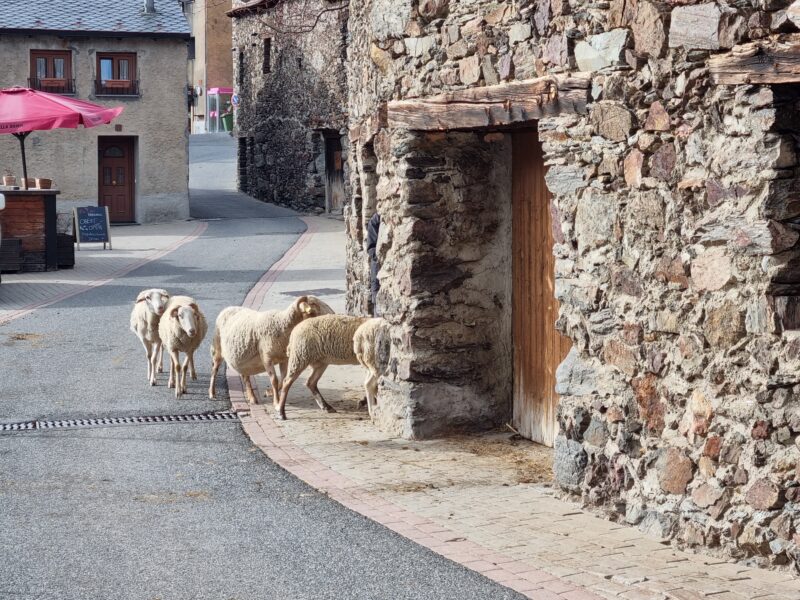
Sheep in Soldeu, Andorra. Image © PlanetSKI
- Andorra is not in the European Union though its currency is the Euro. Leave your data roaming on your mobile phone at your peril. However, there is extensive, fast WiFi throughout Grandvalira, including in lift stations and restaurants.
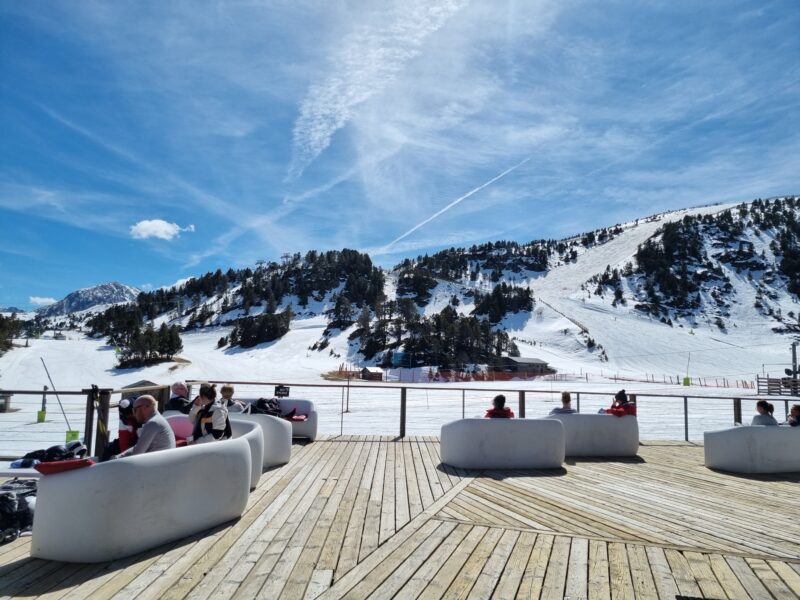
Mountain restaurant, Soldeu, Andorra. Image © PlanetSKI
- The official language of Andorra is Catalan.
- There are 340 full-time ski instructors covering Soldeu, El Tarter and Canillo, 45 of them British who work exclusively with the UK market.
- “The Shambles” are a singalong band made up of British ski instructors who have been in Soldeu for a couple of decades and who perform twice a week at Fat Albert’s bar in the town. In their own words, they perform “some songs you know, some songs you don’t know and a lot of songs you won’t recognise”. A recommended night out.

Fat Albert’s, Soldeu, Andorra. Image © PlanetSKI
- Grandvalira’s season continues until 16th April 2023 (weather permitting).
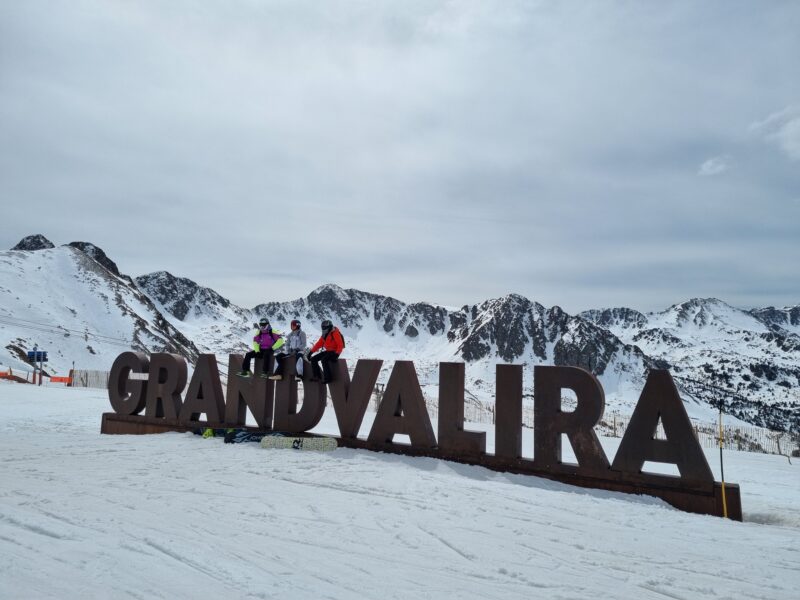
Grandvalira, Andorra. Image © PlanetSKI
Jane travelled with Inghams to Andorra, staying in the Hotel Himalaia in Soldeu. Inghams offer 7 nights in the Himalaia from £825pp including flights and transfers (departing 26 March 2023).
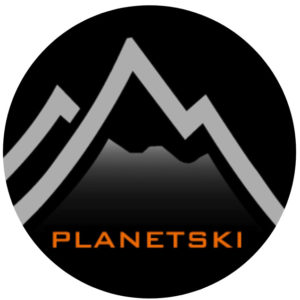
PlanetSKI logo

